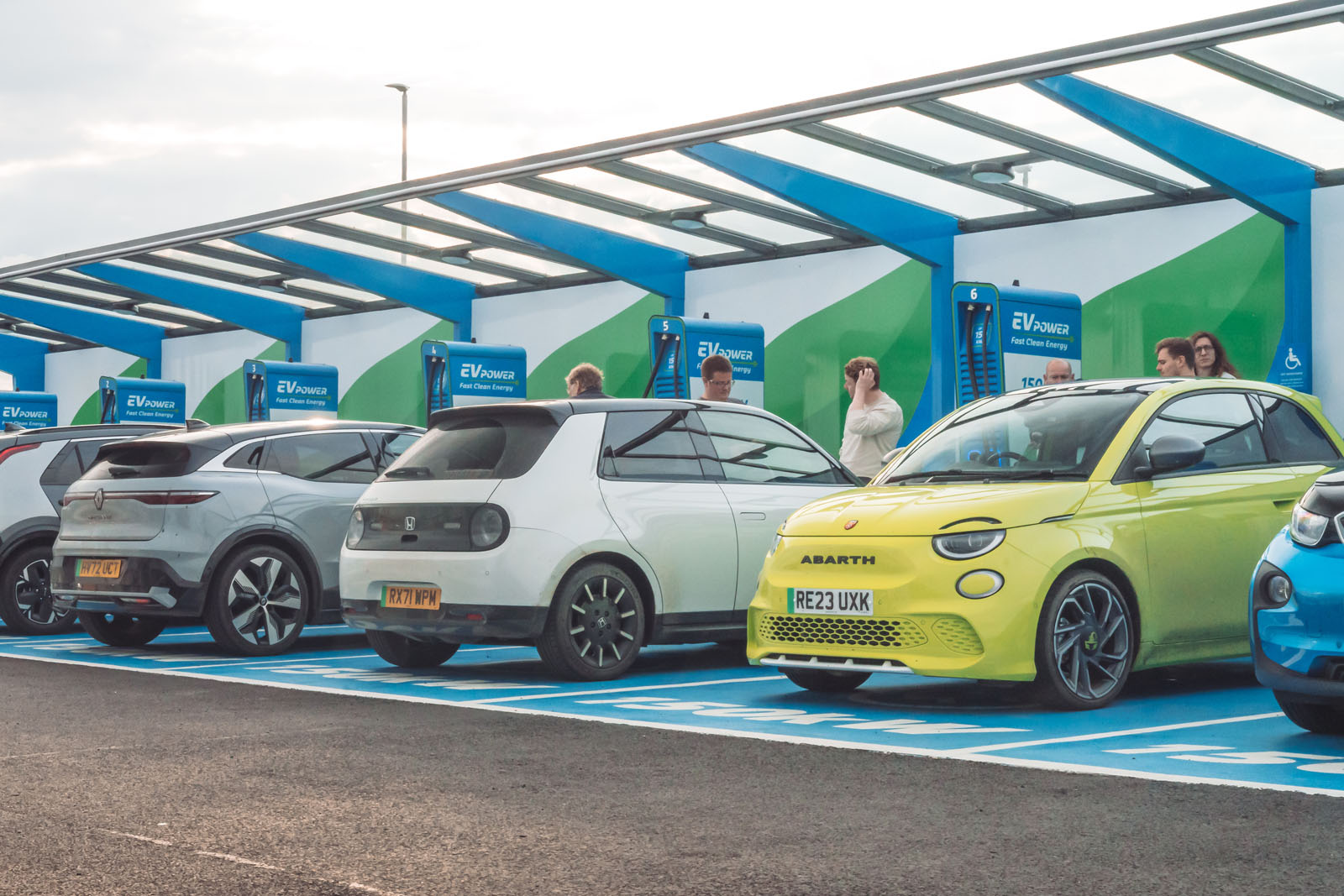A recent study released by Vauxhall and the Cenex research consultancy found that adopting a more localised, targeted approach to infrastructure expansion could be the key to catering effectively to demand.
The report labelled the UK’s infrastructure targets as “too wide in scope” and introduced new metrics to more precisely evaluate how effectively the UK charging network currently services demand.
For example, the report’s new ‘near home charging’ metric determines whether supply of public chargers meets demand for the amount of households with no off-street parking in a given area.
According to the data in the report, 19% of all households who need one are currently within a four-minute drive of a charger.
Meanwhile, according to the ‘journey charging’ metric, which determines the extent to which each major road offers EV chargers, London’s M25 motorway has just 65% of the chargers it needs and Manchester’s M56 has just 20%.
Asked how the development of the charging network is being impacted by the adoption rate of EVs themselves, Read highlighted that the UK’s ZEV mandate and forthcoming ban on ICE car sales will inevitably dramatically increase the proportion of EVs on UK roads and thereby the demand for public charging.
“We know that people need to see charge points out there before they make the decision to switch, and it may well be some time before those charge points are used at a level which is going to bring a return on investment, so we need to understand how that trajectory of the market is going to take place,” she said.
“The ZEV mandate was highly consulted on and then a trajectory was set to be achievable, but it also performs an important role in giving us the confidence to invest.”
Read acknowledged that the government could bring the previous administration’s ICE car sales ban forward from 2035 to 2030 but said “we are on track to meet what’s required by 2030, and if it does change back, we’re ready”.
Ultimately, though, Read added, charger operators still need sight of the projected trajectory of EV sales growth. “As with all big investments,” she said, “we also like stability, so I think it would be good to have some clarity on that.”

